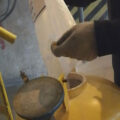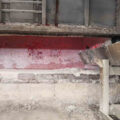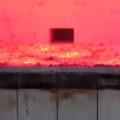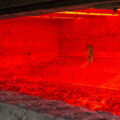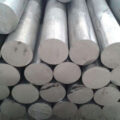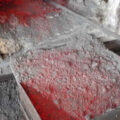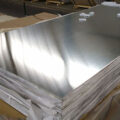The production practice of aluminum alloy has proved that hydrogen is a gas that can be dissolved in large amounts in aluminum or aluminum alloy, and the gas with greater solubility in aluminum alloy. All kinds of cast non-ferrous metals have the characteristic of absorbing gas. The solubility of the absorbed gas increases rapidly with the temperature of the alloy liquid during the smelting or heat preservation process. Therefore, in addition to the correct control of the entire smelting and pouring process, it is necessary to minimize the temperature of the alloy liquid at high temperatures to avoid overheating of the alloy liquid. For alloys that are very easy to attract, use the covering agent to melt. Only in this way can the generation of pores and pinholes be avoided.
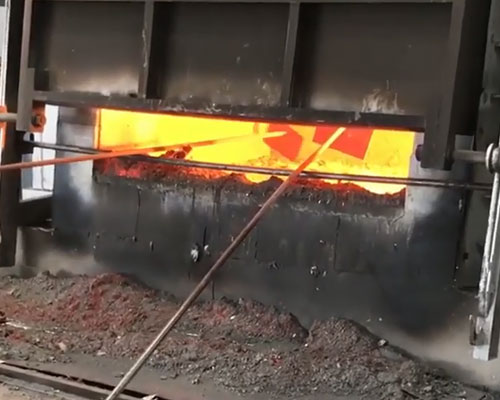
The refining agent should be added in proportion to the aluminum alloy refining. The refining agent is generally 0.3% aluminum alloy, and the degassing time is not enough. Use seamless steel pipe, insert 20cm at the bottom of the aluminum liquid, spray the refining agent with nitrogen or argon for refining. After spraying, blow nitrogen or argon for another 15-20 minutes (in the case of smelting 5 tons of aluminum alloy) and calm for 10-15 minutes after refining, remove the aluminum slag, and filter and cast with a filter.
In order to reduce the oxidation of aluminum alloy, in addition to selecting an appropriate melting furnace, a holding furnace should be used in die-casting production. Avoid melting and die-casting production, reduce stirring as much as possible, keep the surface oxide film intact, and avoid unnecessary alloy liquid overheating and minimize the alloy’s time in the holding furnace.
During cast non-ferrous metals, part of the gas (about 30%) in the cavity of the pressure chamber cannot be discharged from the cavity, but is involved in the molten metal. During the filling process, back pressure will be generated and the flow rate will decrease, resulting in cold insulation of the casting. Defects such as undercasting, porosity, and looseness. In order to eliminate the resulting casting defects, the mold must be equipped with an exhaust groove. The exhaust groove is generally matched with the overflow groove and is arranged at the back end of the overflow groove. In some cases, the exhaust groove can also be arranged separately in the cavity.

